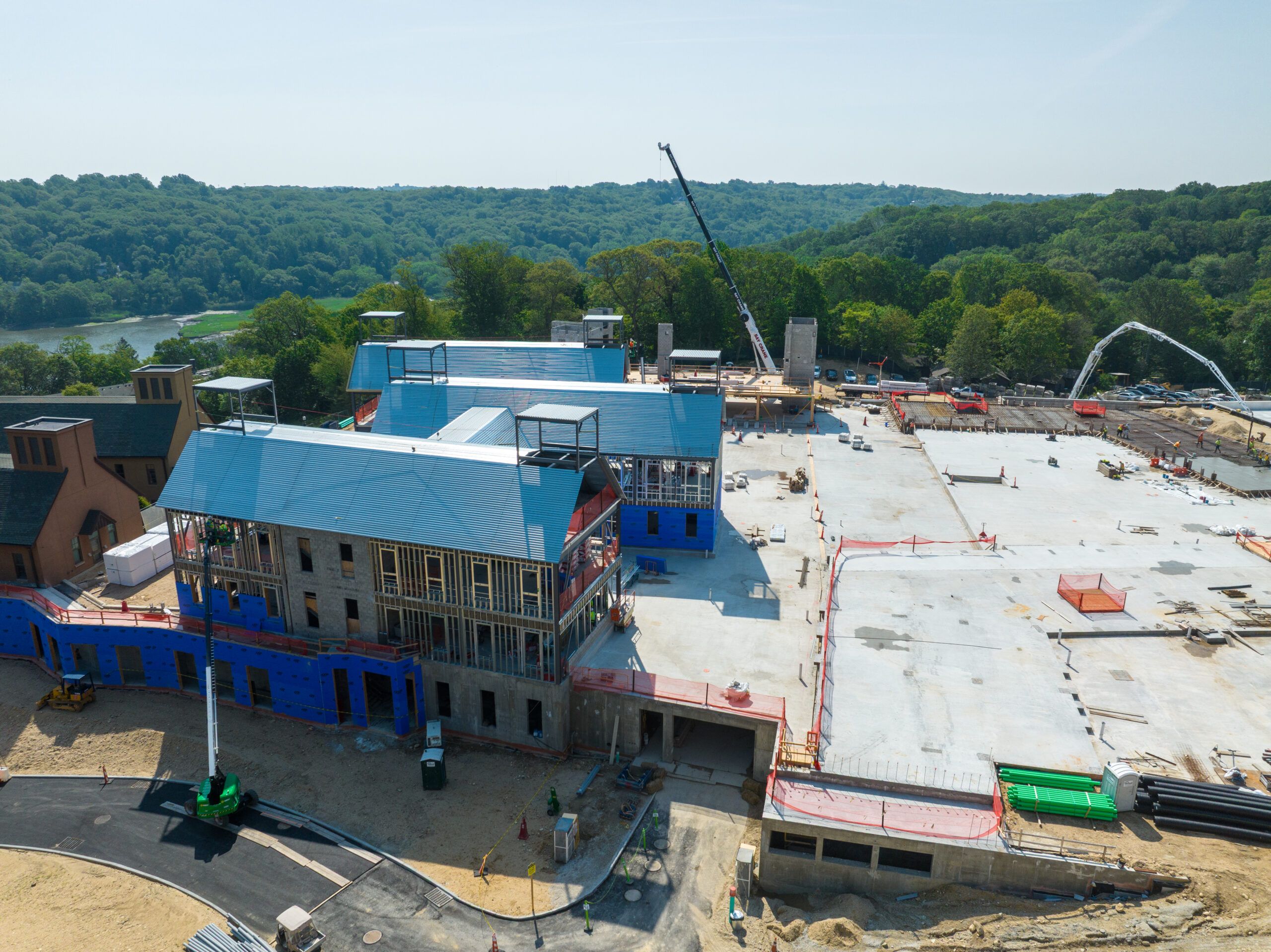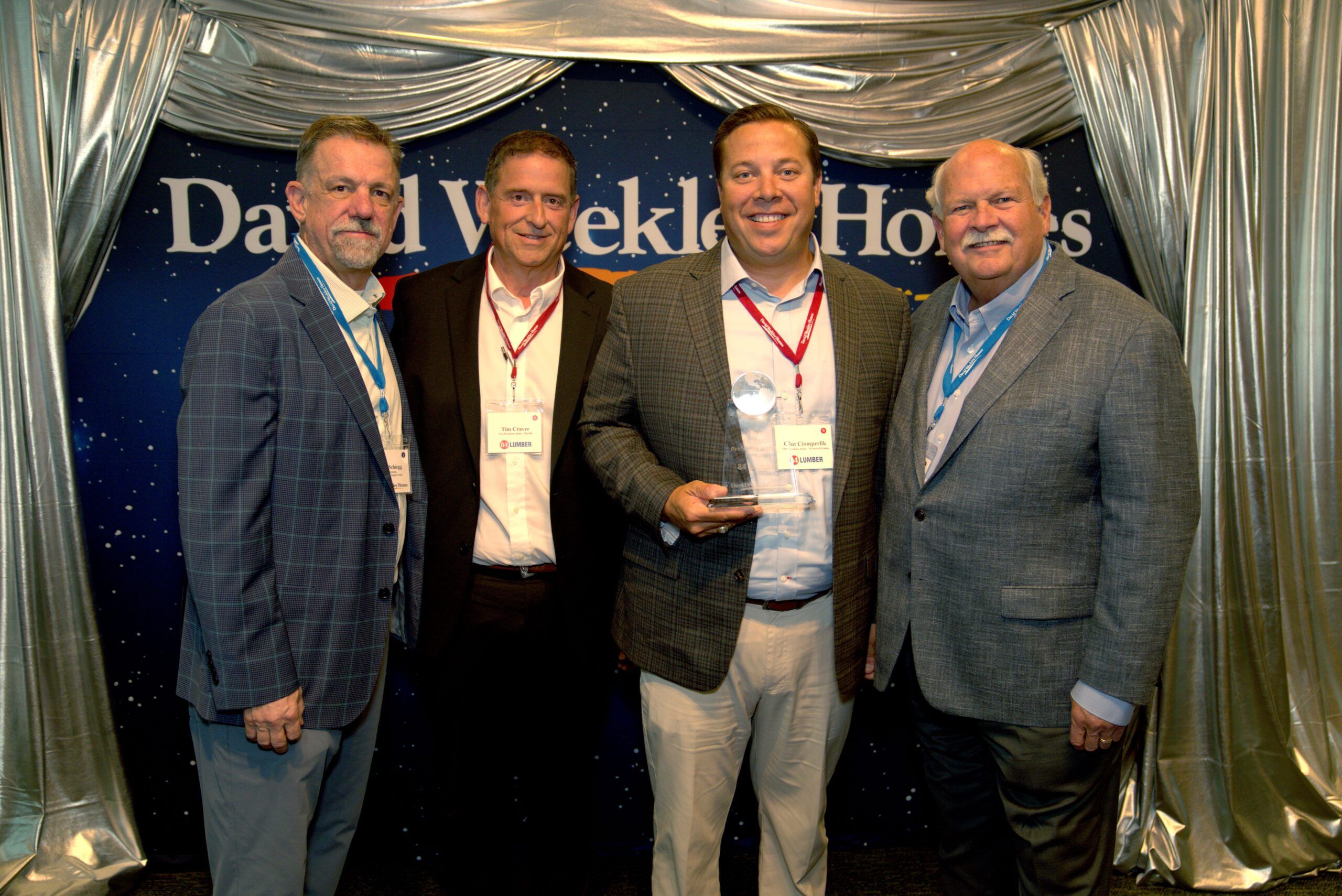Safety is integral to every project’s success in commercial construction. Whether building large-scale retail outlets, multi-family housing complexes, hospitality venues, or healthcare facilities, professionals across the supply chain must manage considerable risks. Construction sites are inherently active environments with heavy machinery, elevated workspaces, and shifting deadlines that can sometimes lead to injuries. Understanding the causes and consequences of accidents in these settings is key to minimizing disruptions, protecting employees, and maintaining a productive work culture.
Overview of Construction Accidents
Construction accidents happen when unexpected events on a job site lead to harm—ranging from minor bruises to severe physical trauma. Factors such as worker fatigue, inadequate equipment maintenance, insufficient safety training, or hurried scheduling can heighten the chance of mishaps. Injuries might occur due to falls from heights, accidents involving cranes or forklifts, slip-and-fall incidents, or exposure to harmful substances.
Because commercial construction typically involves large teams, multiple subcontractors, and specialized installations, coordination problems can increase the risk of miscommunication. Even simple oversights—a missing sign or poorly planned staging area—might escalate into a hazard. This reality underscores why robust safety protocols are crucial for direct employees, subcontractors, inspectors, and anyone else who frequents a site.
Common Hazards in Commercial Projects
- Falls and Elevated Work
Scaffoldings, ladders, and roofs are prime sources of danger. Ensuring guardrails, harnesses, and regularly inspected platforms prevents debilitating injuries. - Heavy Equipment Mishaps
Cranes, forklifts, and excavators simplify significant portions of construction but can lead to severe harm if operators lack proper training or neglect mechanical maintenance. - Electrical Incidents
Exposed wiring and high-voltage tools can pose considerable risks, especially in partial remodels with active power lines. Lockout-tagout systems and careful electrical planning help mitigate these threats. - Falling Objects
Tools or debris dropping from height can cause concussions, broken bones, or worse. Clear protocols for material storage and handling reduce the likelihood of these accidents. - Hazardous Materials
Older buildings may contain asbestos or lead paint. Certain adhesives or chemicals pose risks in commercial projects if not handled correctly, necessitating specialized training and protective gear.
Each of these hazards is not solely a worker-focused issue. Property owners, project managers, and facility operators are responsible for creating an environment that prioritizes proper planning, adheres to building codes, and meets or exceeds safety standards.
Consequences for Projects and Teams
An accident on-site can trigger ripple effects that reverberate beyond the immediate victim’s well-being. Projects often experience delays, especially if investigations or repairs to damaged equipment are required. In addition, regulatory fines, workers’ compensation claims, and liability disputes can inflate operational costs. Insurance premiums may climb, and in severe cases, a company’s reputation might suffer—hindering bids for future ventures and damaging relationships with longstanding clients.
Construction executives and managers implementing proactive safety measures often see many benefits, including higher team morale, fewer absences, and increased efficiency. By underscoring accident prevention, organizations can focus on delivering projects on time and within budget without compromising worker welfare.
Reinforcing a Safety-First Culture
A robust safety culture is central to reducing construction-related mishaps. Many national regulations set minimum standards for worker protection, and each state or locality may have additional requirements. In the United States, the Occupational Safety and Health Administration (OSHA) enforces training, protective equipment, hazard communication, and recordkeeping rules. Employers should remain updated with any updates or changes in these guidelines.
Implementing rigorous protocols starts with leadership. Site supervisors who consistently follow and enforce safety practices set an example for everyone else. Regular training sessions—covering fall arrest systems, electrical safety, and the correct use of heavy machinery—help keep workers informed about best practices. Daily or weekly safety briefings, sometimes called “toolbox talks,” can be quick refreshers that tackle emerging job-site conditions or unique hazards.
Moreover, open communication mechanisms, such as anonymous hotlines or straightforward feedback processes, encourage laborers and subcontractors to report unsafe conditions without fear of reprisal. Creating an environment that acknowledges near misses can reveal hidden weaknesses. Project managers may fix issues by thoroughly investigating near-miss events before they escalate into injuries.
Seeking Guidance for Workplace Incidents
When accidents occur, affected employees or contractors may be left with difficult questions about liability and compensation. Documentation becomes crucial in these cases. Promptly reporting incidents to supervisors, generating accident reports, and gathering witness statements can provide a framework for resolution and help with insurance processes. It also allows businesses to adjust protocols and prevent future incidents.
For those wishing to navigate the formal process of seeking recourse, exploring guidance on the best ways to initiate a construction-related injury claim can clarify the necessary documentation, the role of medical evaluations, and the importance of compliance with relevant deadlines. Such resources outline essential steps to ensure that claims are filed appropriately while also highlighting the responsibilities of both workers and management to maintain safe conditions.
Continuous Improvements for Construction Safety
Commercial construction is an ever-evolving field, incorporating new technologies, materials, and designs. As structures grow more sophisticated, so do the potential hazards. Drones, robotic automation, and eco-friendly substances can each introduce distinct safety concerns. Maintaining an agile safety program capable of adapting to these innovations is critical.
Many organizations turn to certifications like ISO 45001 for occupational health and safety management or adopt frameworks from leading construction industry groups for continuous improvement. These approaches emphasize planning, implementing, monitoring, and revising safety measures to ensure they remain practical and up-to-date. Management involvement and frontline worker participation create a feedback loop that refines and strengthens safety strategies.
Final Thoughts
Construction accidents present complex challenges for commercial projects, affecting workers, timelines, and costs. Yet comprehensive planning, thorough training, and an institutional commitment to safety can substantially reduce the likelihood and severity of these incidents. By staying informed about potential hazards, adhering to industry regulations, and supporting transparent incident-reporting procedures, executives and facility managers help pave the way for safer workplaces. Such vigilance ultimately benefits both the workforce on the ground and the clients and communities who depend on these completed structures to be functional, resilient, and built with care.
Disclaimer: This article is for informational purposes and should not be considered legal or professional advice. Individuals and companies dealing with specific construction-related issues may want to consult qualified professionals to address their unique concerns.











